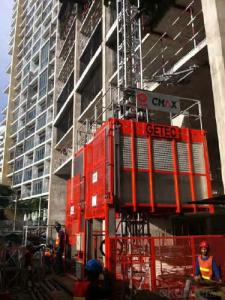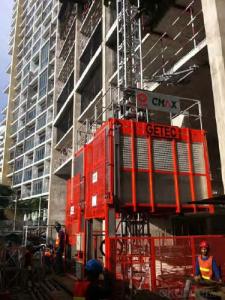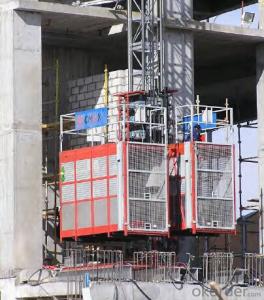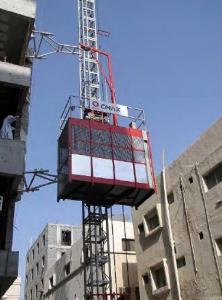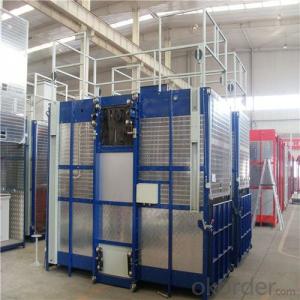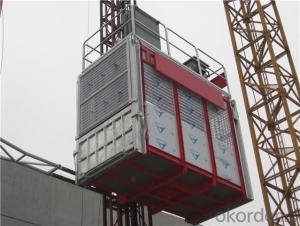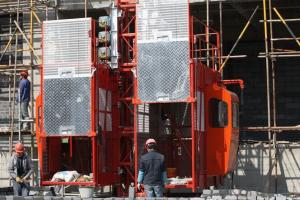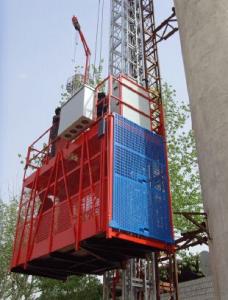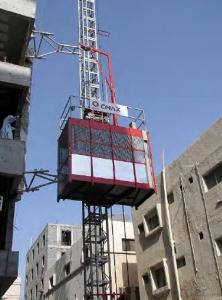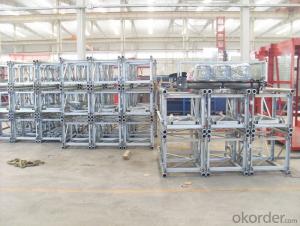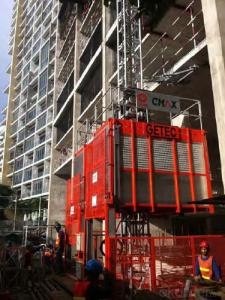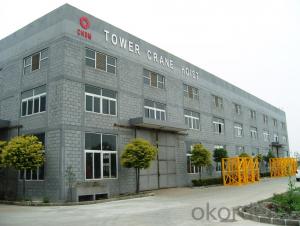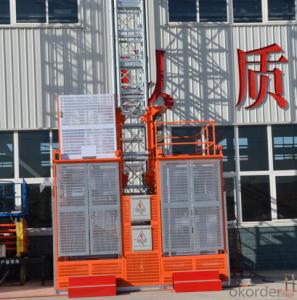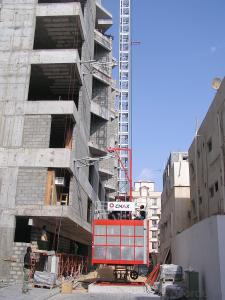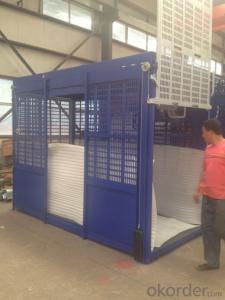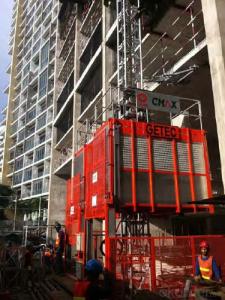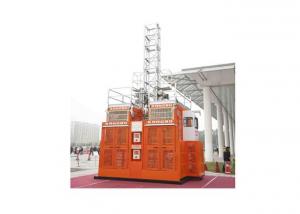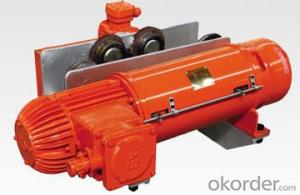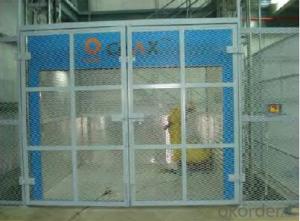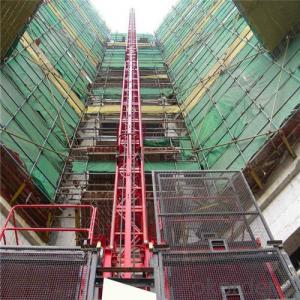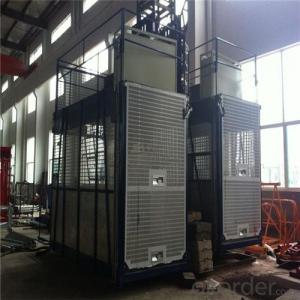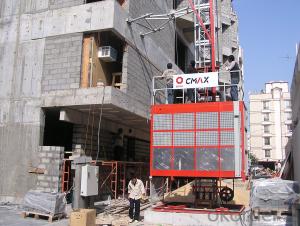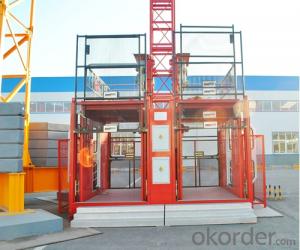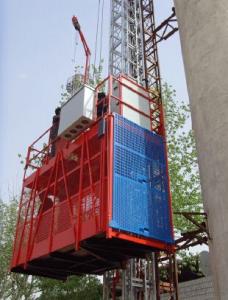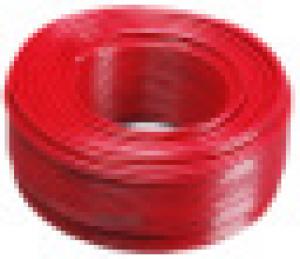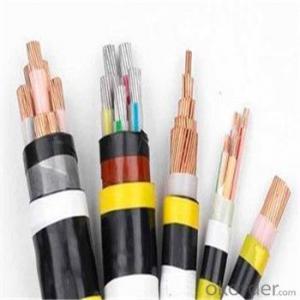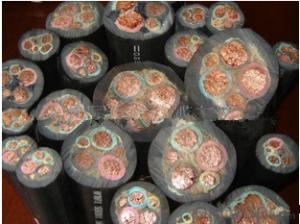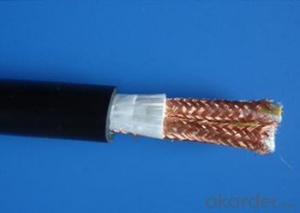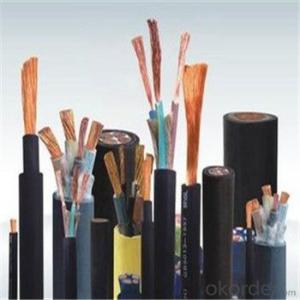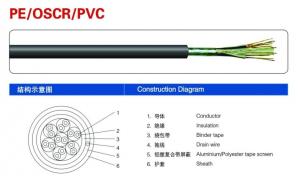Ce Certification Hoisting
Ce Certification Hoisting Related Searches
Recycle Certification Floor Hoist Monorail Hoist Hoist Automobile Autolift Hoist Environmental Control Technician Environmentally Controlled Room Electronic Ordering Equipment Commercial Building Maintenance Environmental Maintenance Concealed Spline Ceiling Environmental Controller Environmental Cleaning Protective Netting Environmental Control Systems In Buildings Electrical Safety Inspection Electronic Encapsulation Electronic Tracking Device Maintenance Of Environment Environmental Controllers Maintenance Environment Car Hoist 4 Post Environmental Cleaning Company Environmental Control System Environmental Control Clean Environment Environmental Control Systems Direct Lift Car Hoist Housing Modules Excess Electronic ComponentsCe Certification Hoisting Supplier & Manufacturer from China
Ce Certification Hoisting encompasses a variety of products such as electric chain hoists, wire rope hoists, and manual chain hoists, which are designed to lift and move heavy loads in various industrial settings. These hoisting products play a crucial role in numerous industries, including construction, manufacturing, and logistics, where they are used for tasks like lifting machinery, materials, and equipment. They are known for their efficiency, safety, and reliability, making them an essential tool in many work environments. Okorder.com is a leading wholesale supplier of Ce Certification Hoisting products, offering a vast inventory that caters to the diverse needs of clients across different sectors. With a commitment to quality and customer satisfaction, Okorder.com ensures that the Ce Certification Hoisting products they provide meet the highest industry standards and are readily available for purchase.Hot Products
